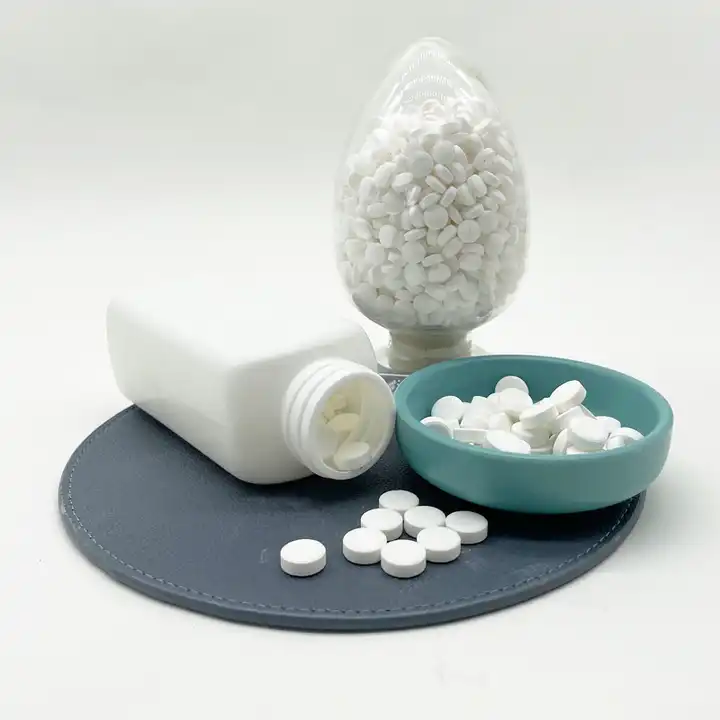In the event of an accident or other emergency, ensuring access to a water source is crucial. Calcium hypochlorite is an efficient and stable disinfectant widely used in emergency situations. Here, we will discuss how to use hypochlorite to treat water quality during emergencies, ensuring cleanliness and safety.

Ⅰ. Basic characteristics of calcium hypochlorite
Calcium hypochlorite is a chemical substance with chlorine and oxygen as its main components. Its chemical formula is Ca(ClO)₂, an element forming a stable bond with chlorine and oxygen. This method effectively removes harmful microorganisms and pollutants in water bodies. In water, calcium hypochlorite releases a powerful oxidant that kills bacteria, viruses, and other microorganisms effectively. Calcium chloride and sodium chloride are residual products of calcium and hypochlorite ions in water, having no adverse effects on water quality.
Widely used in water treatment
Calcium hypochlorite finds extensive use in water treatment due to its efficient disinfection properties:
1、As a reliable disinfectant, calcium hypochlorite is used to treat drinking water, ensuring the effective elimination of microorganisms and pathogens.
2、It is key to maintaining the cleanliness of swimming pool water, effectively inactivating bacteria, algae, and viruses.
3、In wastewater treatment, calcium hypochlorite can remove organic matter and microorganisms to ensure wastewater discharge meets environmental standards.
4、In natural disasters or emergencies, calcium hypochlorite is widely used to quickly purify water sources, providing safe drinking water to disaster-stricken areas.
5、In industrial production, it can be used to treat industrial water, preventing microbial growth and pipeline corrosion.
Ⅱ. Correct usage skills of calcium hypochlorite
Appropriate dosage and dissolution method
1、Before use, accurately measure the capacity being processed. For instance, if you are working in a 1000-liter tank, determine the volume of water.
2、Following the manufacturer’s instructions and recommended ratio, add calcium hypochlorite to the water. For example, if the manufacturer recommends adding 10 g of hypochlorous acid per 1,000 liters of water, add 10 g of hypochlorite to 1,000 liters of water.
3、Use a stirring device to ensure calcium chlorite is completely dissolved and dispersed in the water. Stirring ensures the dissolved hypochlorous acid is evenly dispersed, improving disinfection efficiency.
4、Allow enough time for calcium hypochlorite to fully dissolve. Depending on the specific product and water temperature, the waiting time may range from a few minutes to more than ten minutes. Ensuring full dissolution is key to effective disinfection.
Safe storage and carrying
Proper storage and handling are crucial for the long-term effectiveness and safe use of calcium hypochlorite.
1、Store calcium hypochlorite in a dry, cool place, away from direct sunlight. Ensure the storage environment maintains a stable temperature to prevent degradation.
2、Do not store calcium hypochlorite mixed with other chemicals to prevent unnecessary reactions.
3、When storing and carrying, use sealed containers to prevent moisture from entering and keep calcium hypochlorite in a dry state.
4、Clearly mark the product name, production date, and expiration date on the storage container to quickly understand its status when in use.
In emergencies, we must adopt targeted and efficient water usage methods to ensure people have access to safe water sources. Due to the widespread use of calcium hypochlorite, addressing this issue has become simple and efficient. As long as you master the appropriate sterilization technology, you can quickly and stably clean water sources in emergency situations.